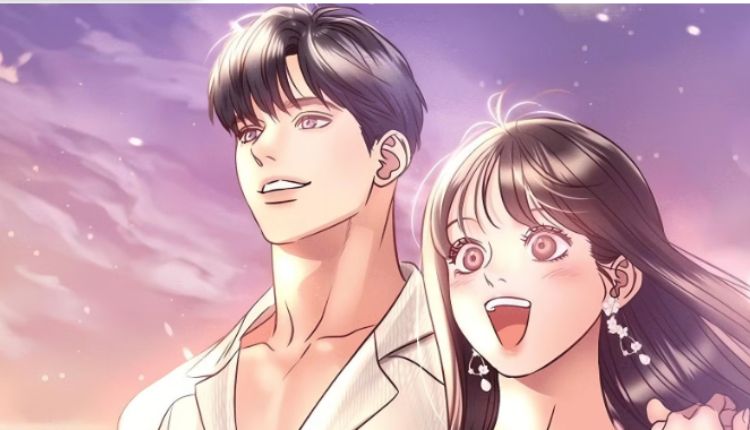Among the widespread form of genres and issue matters, “Manhwa18” proves to be an incredible class that functions as a character content material that requires the conditions of traditional norms. This essay delves into the nuances of Manhwa18, exploring its themes, cultural implications, patterns of artwork, and its impact on its international target market.
Defining Manhwa18
Manhwa refers to human-centered manhwa that often includes specific content, themes of state of affairs, and mature testimonials. Unlike the conventional manhwa thru and hugely aimed at a younger demographic, it allows for an exploration of complicated human relationships, non-public dilemmas and societal issues.
Manhwa serves as a mirror image of evolving cultural views on and intimacy, making it a foundational style for data-driven Korean society and its attitudes within the management of people.
Themes and memories Manhwa18
Situational themes not uncommon in Manhwa18 are severas, which consist of romance, deception, and drama, often interwoven with complicated storylines that deepen character development. The common subjects embody forbidden love, power dynamics, and the exploration of identification.
Through flashbacks, creators tackle the deep intellectual and emotional predicaments their characters face, providing readers with a multifaceted understanding of relationships. Additionally, these memories often remove the darkness from societal taboos surrounding and offer a platform for discourse and thoughtful imagery.
Cultural context and implications Manhwa18
Culturally, Manhwa18 shows the changing dynamics of Korean society, especially regarding openness and personal autonomy. Fashion has become a critical medium for exploring the complexities of modern relationships, especially in a country where traditional values often clash with contemporary lifestyles.
The evolving recognition of Manhwa18 indicates the growing beauty of multiple orientations and the choice for extra inclusive illustration in media. However, this improvement is not without controversy, as critics argue that the specific nature of the content material may perpetuate volatile stereotypes or desensitize audiences to real-life issues surrounding intimacy and consent.
Art patterns in Manhwa18
The artwork in Manhwa18 plays a key characteristic in its enchantment and narrative transportation. Artists often use unique designs that combine stunning colors and dynamic character designs to engage readers. Visual storytelling enhances convoluted plots, developing emotional involvement and immersion in character critiques.
In addition, the use of photographic factors enables a sensitive show of intimate moments, balancing eroticism with artistic expression. This combination of visible artwork and mature issue subjects utilizes Manhwa in addition to specific human-centered media, contributing to its effectiveness as a medium for storytelling.
Global impact and earnings Manhwa18
The rise of the Internet and digital structures has noticeably affected the development and reception of Manhwa outside of South Korea. Readers in the arena have adopted a fashion that is maximally necessary to increase the number of translations and permutations in many codecs, along with webtoons and live series.
This globalization has fostered several fan communities eager to engage with the themes provided in Manhwa. However, the worldwide reception has additionally given rise to discussions about cultural versions within the interpretation of the person’s content. While a few readers enjoy the style for its honest portrayal of, others criticize its capacitated reinforcement of terrible stereotypes.
Conclusion
Ultimately, Manhwa18 represents an excellent intersection of storytelling, culturally reflective photography, and creative expression in cutting-edge media. Through his exploration of human predicament, he offers readers insight into the complexity of relationships and social norms.
As Manhwa18 spreads around the world, it does not most effectively disrupt the situation of traditional perception, but in addition supports the communication of approximately critical issues in contemporary society. Understanding this style is important to understanding the broader cultural narratives that shape our perspectives on intimacy and personal relationships in an increasingly interconnected global world.
